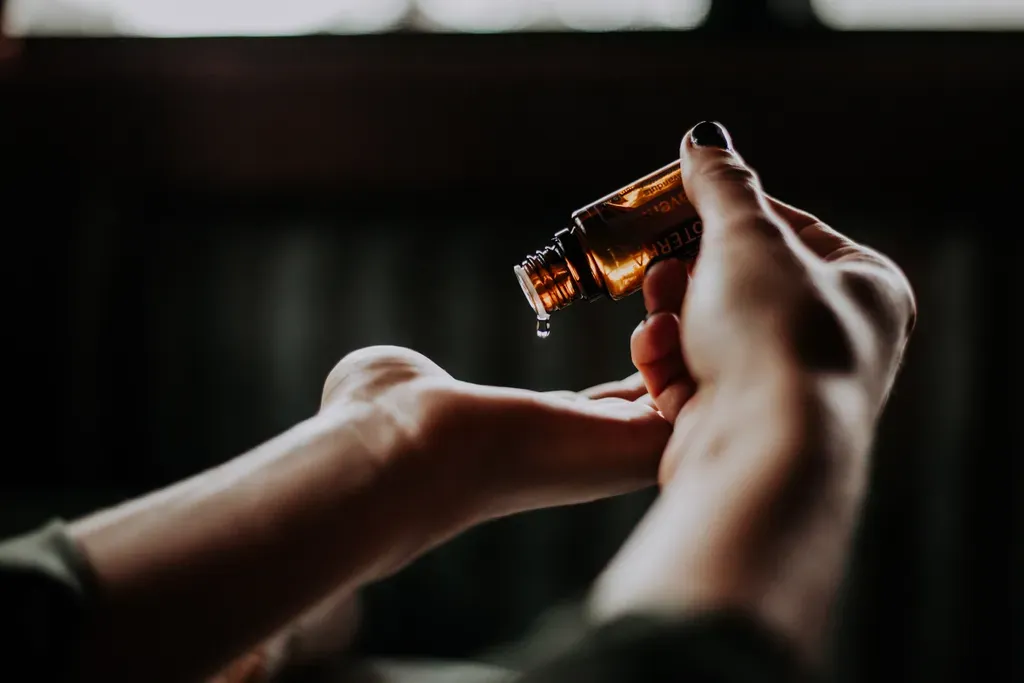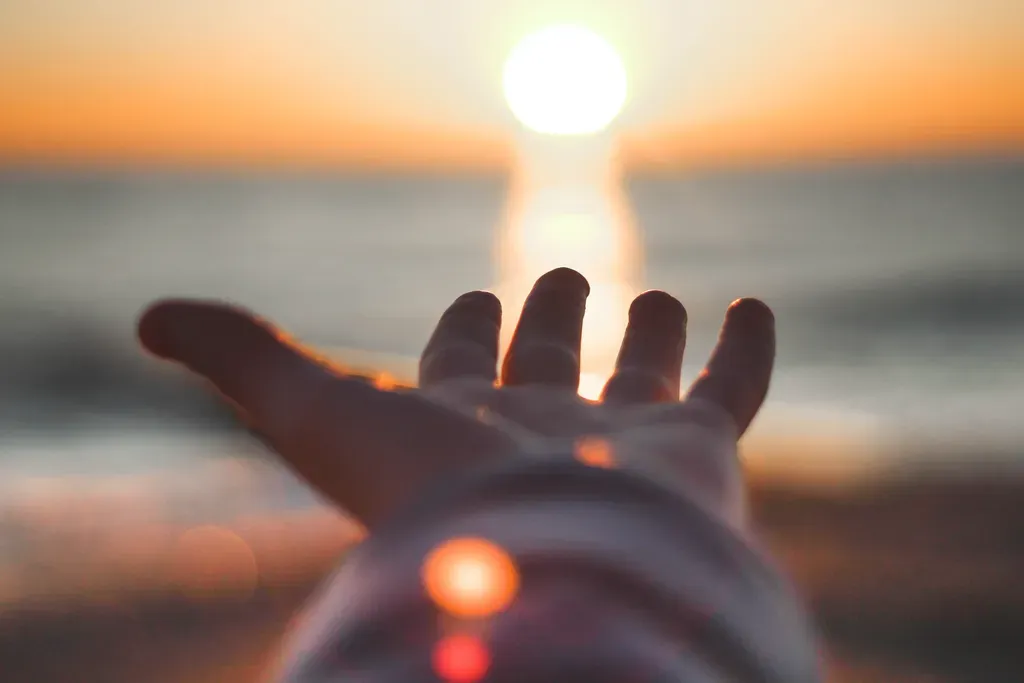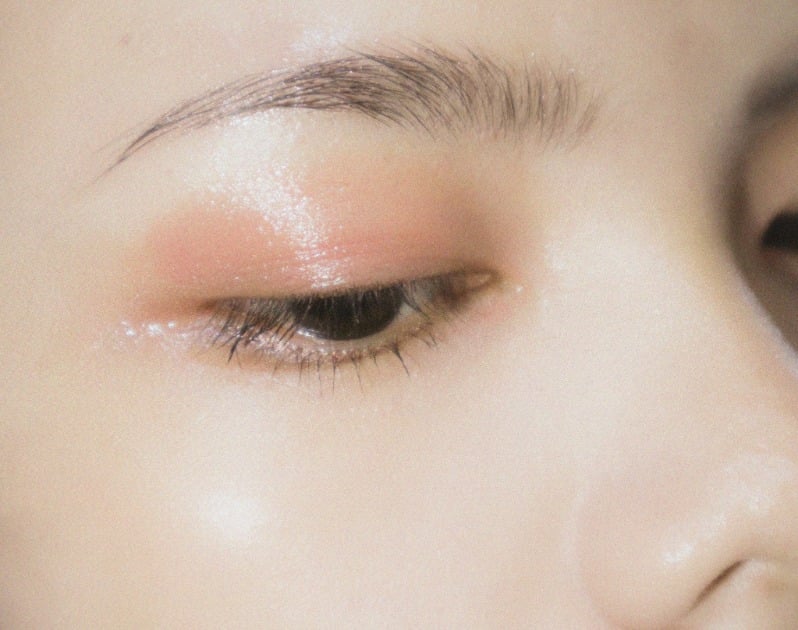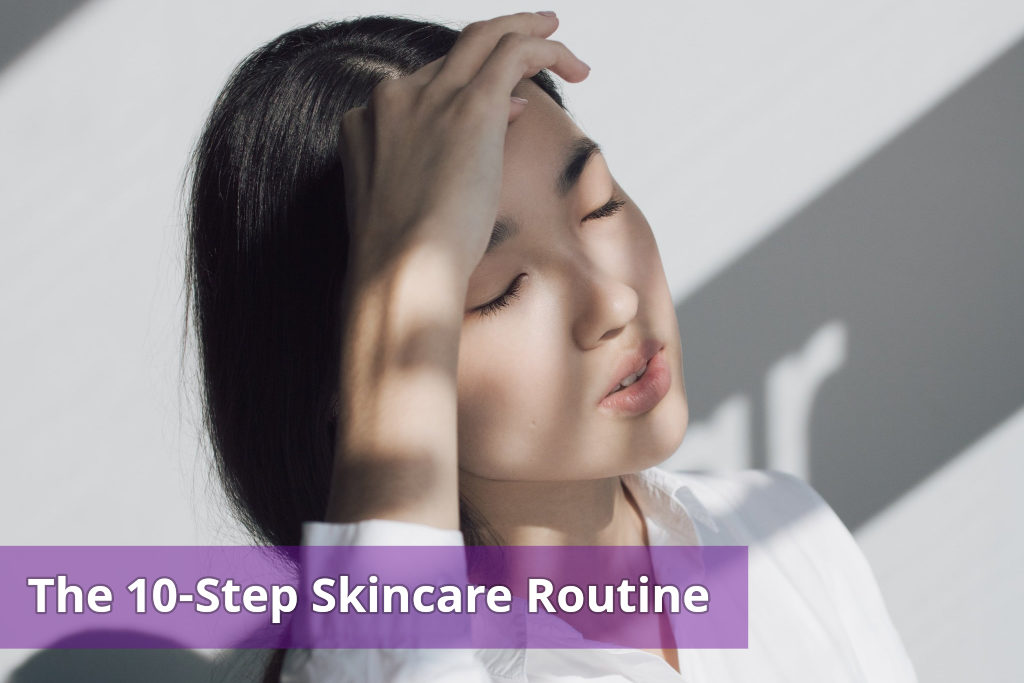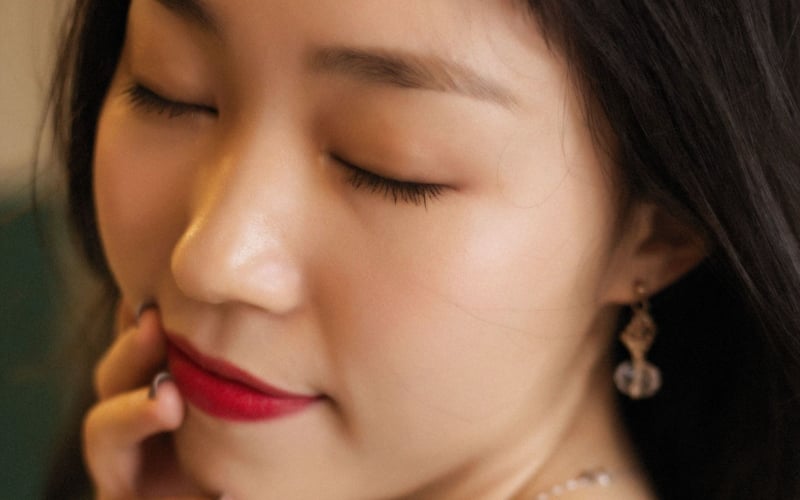Korean Beauty Travel Tips For Glowing Skin
Whether you’re following the latest Korean skincare routine or you’re just looking for ways to improve your skin health on a long flight, you’ll find answers to some of the top beauty travel questions in this guide.

- How many products should I bring?
- How can I get through airport security with all of my skincare products?
- How can I protect and improve my skin while being on a brutal flight?
- What skincare routine can I follow while I’m on board?
- Can I bring a beauty case or kit with me?
- What should I do after my flight is over?
Let’s dive into the travel tips!
The easiest way to prioritize your skincare travel routine is to think about what you need pre-arrival and post-arrival.
Table of Contents
- Your Carry-On
- Checked in Bags
- Short Flights
- Overnight Flights
- Post Arrival
Your Carry-On

Your pre-arrival skincare will revolve around the length of time of your flight and what time of the day you are traveling and arriving at your destination. As a refresher, current TSA policies dictate that you can carry up to 3.4 oz (100 mL) container in a 1 quart (0.95 L) size beauty kit. Here are some tips to consider:
Travel Size: Before putting together your carry-on skincare, look to see if your favorite K-beauty skincare brands offer travel size products. Purchasing mini versions can save you the hassle of having to transfer your products to travel size containers.
What to pack in your carry-on: Face wipes, sunscreen, eye cream, lightweight lotion (oily skin), and thicker cream (normal to dry skin). For longer flights: toner, cotton pads, essence, moisturizer, sleeping mask, and eye cream.
Checked in Bags
Your checked-in bag is a way for you to travel with your full-size products and items that you don’t immediately need on the plane.
Here are some things to consider for your checked-in bag:
- Prepare for the worst, and bring contingency items such as spot treatments and masks.
- Think about varying climate conditions. You may be traveling to a humid climate, but also think about the dry air in the plane. Personally, I never know how my skin is going to react when traveling to a new destination, so I like to bring both a heavier and lightweight moisturizer just to be safe.
- Here are just some of the items you may want to bring with you in your checked in luggage:
- Oil/balm cleanser
- Water-based cleanser
- Exfoliator
- Toner/Essence
- Serum
- Moisturizer
- Eye cream
- Spot treatment
- Mask
- Ointment
- Body Cream
Short Flights
On shorter flights, under three hours, much of your skincare will revolve around hydrating and protecting your skin. If you have oilier skin, try patting a couple more layers of a hydrating essence to moisturize your skin without instigating potential breakouts. If you have normal to dry skin, then you can put on a good layer of your usual cream before boarding.
Here are some other tips to consider on shorter flights:
Minimal makeup: If you plan on hopping off the flight to go about your business, then it’s best to keep your makeup minimal. The high elevation and recycled air will dry out your skin, making heavy layers of makeup look cakey and crusty. To keep your skin looking dewy, try hydrating formulas such as cushion foundation or bb cream to cover red areas and provide skincare benefits. Keep powder products to a minimum and only apply to oily areas since they have a tendency to dry out the skin.
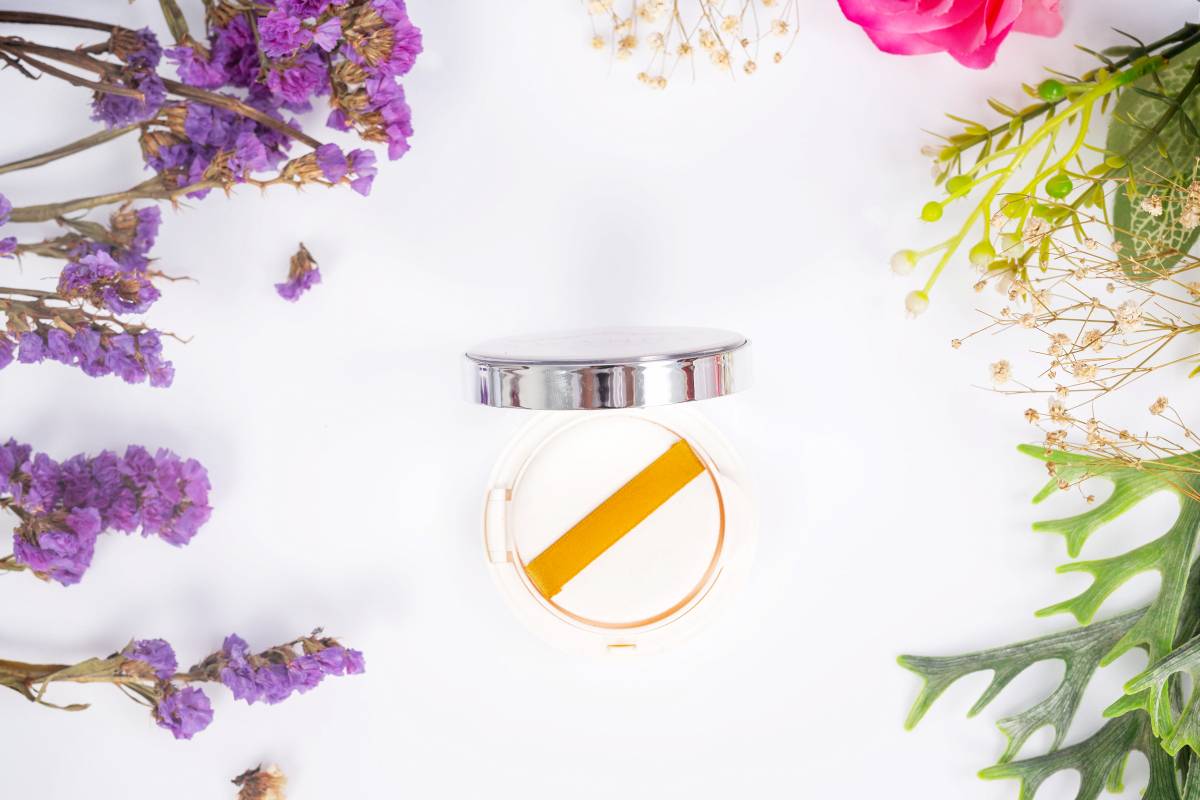
Flower photo created by jcomp – www.freepik.com
SPF: Wear a healthy layer of sunscreen before your flight and reapply during your flight. When you’re in a plane, you’re much closer to the sun’s harmful rays, putting your skin at greater risk for photodamage. Even with the shade pulled down, you’re still susceptible to strong UVA rays which play a greater role in skin aging and cancer.
For extra protection, make sure that you include a sunscreen in your carry-on. It’s fairly easy to find facial sunscreens that are under 3.4 oz (100 mL), so you’ll have a wide range of products to choose from.
If you’re afraid of disturbing your makeup by reapplying sunscreen, then a cushion would be the closest alternative. Others are colorless and are meant to provide sun protection without any cosmetic benefits.
Keep checking your skin: With clean hands of course. This is where your face wipes come in handy. After wiping your hands, keep checking your skin and its moisture level. If your face starts feeling tight, then gently pat some moisturizer into your skin.
Overnight Flights
Long haul flights can be brutal on the skin. But with good preparation, you can step off the plane glowing skin without a hint of fatigue. Your carry-on bag will be more substantial, because at some point on the flight you may have to go through an abridged version of your skincare routine. For longer flights, you will want to focus on cleansing, hydrating and protecting.
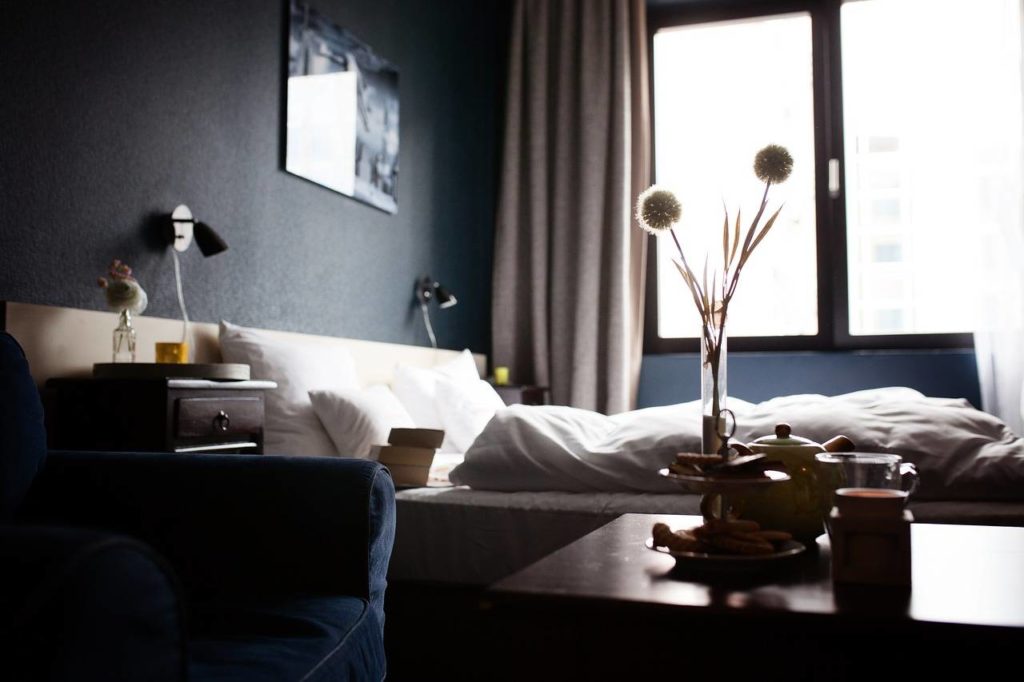
Nix the Makeup: If you can, skip makeup so that it’s not sitting on your skin for multiple hours. However, if it can’t be helped, then make sure that you keep your makeup to a minimum so that you can easily remove it before going to sleep.
It’s best not to wear makeup overnight because your skin needs to be allowed to regenerate while you’re sleeping. Leaving your makeup on for an extended period of time can lead to clogged pores and breakouts. It can be a challenge to double cleanse on a plane, so if you plan on wearing make during the day, then make sure that it can be easily removed on the plane.
When it’s time to go to sleep, remove your makeup using a wipe. You may have to do this step twice if you’re wearing heavier makeup.
Moisturize: Slather on a good layer of moisturizer according to your skin type. Unless you’re very acne-prone, this is one of the few cases where a good dollop of moisturizer will serve you well. Once the plane has taken off, the humidity level is around 12% (source). That’s drier than desert air, so a moisturizer will help stave off chapped, flaky skin.
You may be asking where sheet masks fall into this routine. A sheet mask is a great way to add hydration during a long flight. But if you’re sitting in an area with limited arm space, then it can also be a hassle to carefully unfold the mask and lay it on your face. If you want to avoid the struggle, then try layering your moisturizer or bring a sleeping mask to add hydration.
In the morning, it’s a good idea to do a status check on your skin.
What you do next will largely depend on your skin type.
My skin is dry and sensitive with a tendency to get oily around my t-zone. I’ll usually get a cleansing wipe and gently wipe away any build-up around my eyes. I’ll also wipe away any oils built up around my nose and forehead. Depending on how my skin is feeling, I’ll put on a light layer of moisturizer over my face. The most important step will be applying my sunscreen. Since my skin also has a tendency to get red during a long flight, I’ll also place some light concealer around my nose and chin.
Post Arrival

Once you arrive at your destination, and you’re in your hotel room, make sure to exfoliate your skin. By exfoliating, you are clearing your pores of the debris that has been built up during your travel.
Follow up with a hydrating mask so that you can restore moisture that might have been lost during your long flight. This is where you can use your sheet mask with greater ease and comfort. Personally, I love doing a good sheet mask in my hotel room where I have both privacy and space to relax with a good hydrating mask.
So, as you can see, you can still enjoy the benefits of K-beauty while traveling. It just takes a bit of planning and understanding what types of products you’ll need to survive the plane trip and enjoy your destination. By putting together an abridged version of your skincare routine for your flight and preparing for contingencies, you can be rest assured that your skin will be glowing throughout your trip. Safe travels!

